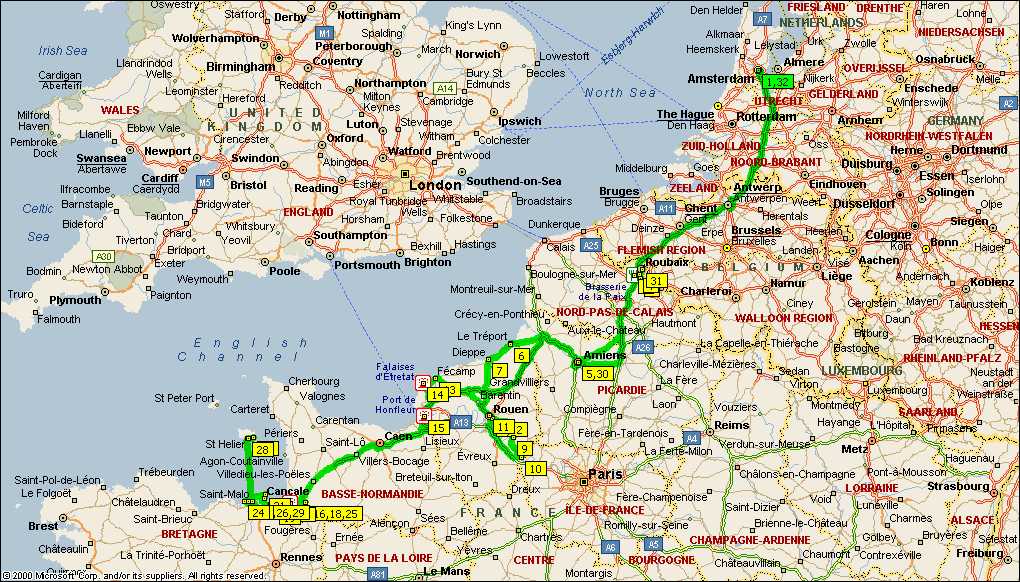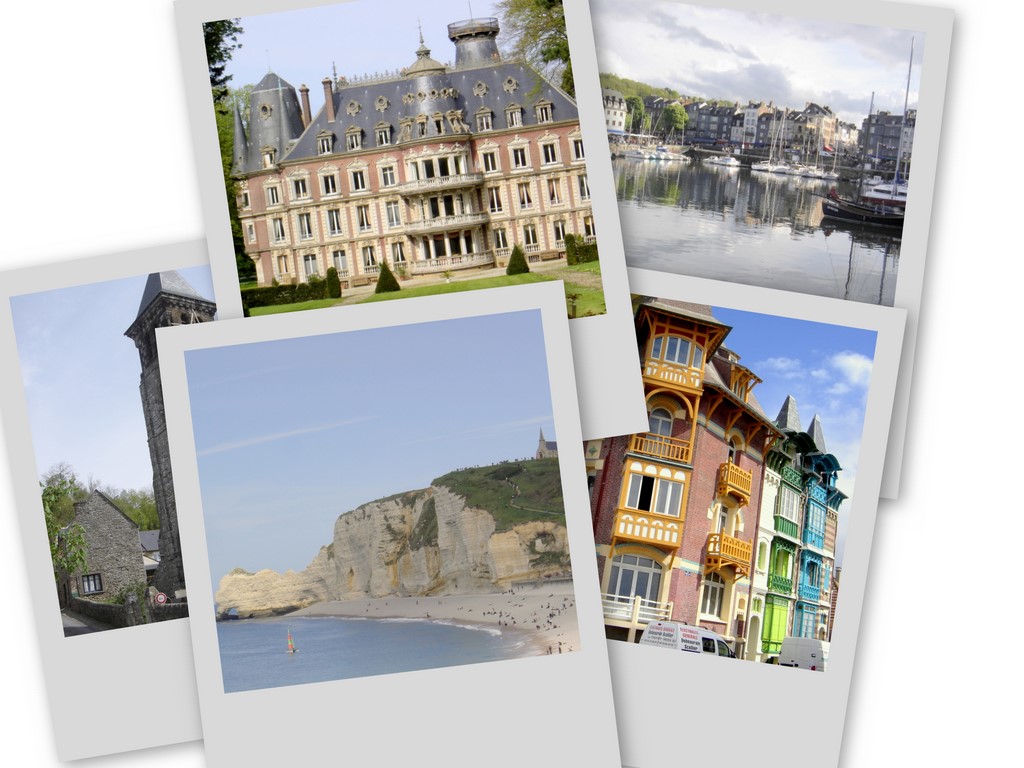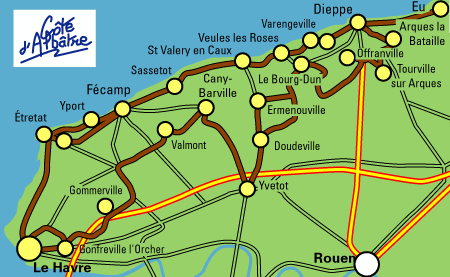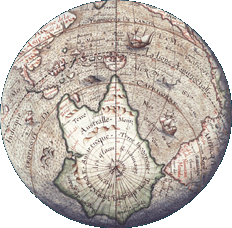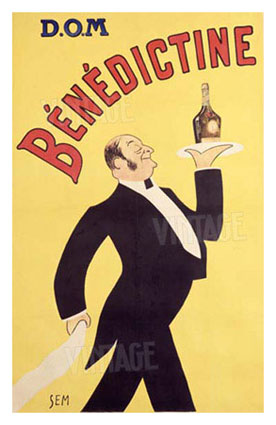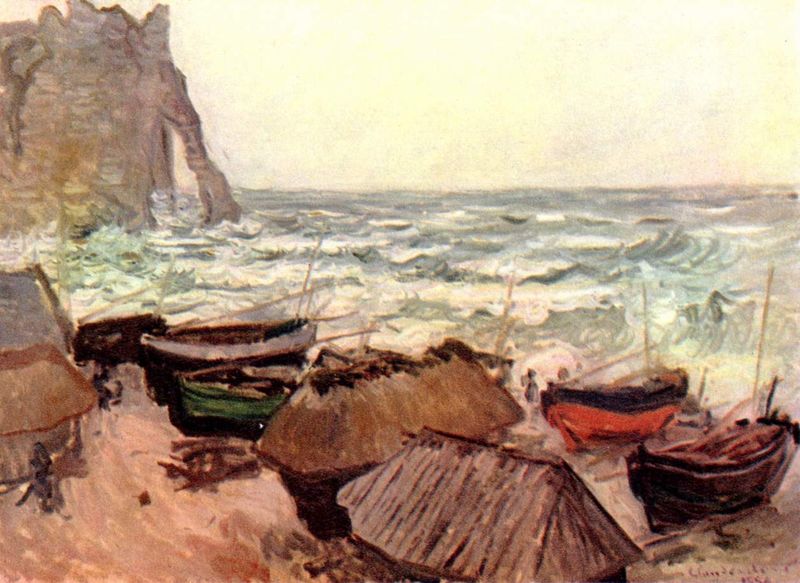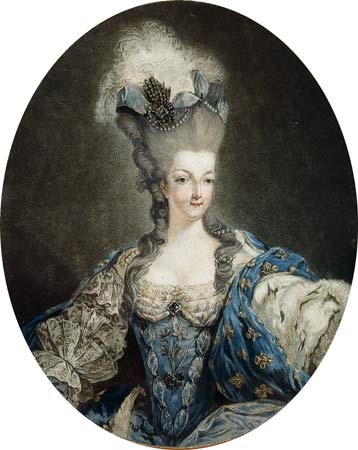Away from the coastal marshlands of Holland that would take centuries to reclaim much later, Romans founded a fortress. They named it Traiectum (ford) as this is where the Rhine, which used to flow much more northerly in the olden days, was forded. As Romans also decided that this was as far to the north as their empire was going to expand, they put Ultra (the farthest) in front of the name. Many centuries after their empire collapsed, the two words would come to be shortened to simply Utrecht.
 There is a big 400-year- long blank in the city's history between the time when the Romans left and its sudden shot to prominence as the centre of Christianity of the Low Lands. Those were the Dark Ages of Europe: while the Japanese were busy blending perfumes and competing in love poetry, in the Western extreme of Eurasia assorted tribes were dragging a beastly existence on the ashes of the Roman Empire. Nothing is known of Utrecht of those days until it erupts with a succession of churches, archbishops and cathedrals starting in the 8th century.
There is a big 400-year- long blank in the city's history between the time when the Romans left and its sudden shot to prominence as the centre of Christianity of the Low Lands. Those were the Dark Ages of Europe: while the Japanese were busy blending perfumes and competing in love poetry, in the Western extreme of Eurasia assorted tribes were dragging a beastly existence on the ashes of the Roman Empire. Nothing is known of Utrecht of those days until it erupts with a succession of churches, archbishops and cathedrals starting in the 8th century.A full-blown city thanks to vibrant trade, Utrecht long remains independent under the rule of its powerful bishops. Their authority however was constantly challenged by the wealthy citizens. When the city was incorporated into the Holy Roman Empire, emperor Charles V had a hard time asserting himself. The castle he built trying to exert his power over of his new unruly subjects was quickly demolished in a revolt. Thus were born traditions of civil liberties that are considered to be the root of European individualism and civil rights.
It is no coincidence that the treaty that put foundation to the later Dutch Republic was signed in Utrecht, the famous Utrecht Union. Nowadays, Utrecht is the central seat of the Old Catholic Church, right in the middle of a staunchly Protestant area. In true adherence to the Utrechter spirit, Old Catholics broke away from Rome outraged by the declaration of the Pope's infallibility.Unlike canals in other Dutch cities that are actually the remnants of the lakes and marshes left amongst reclaimed land, canals in Utrecht, which always stood on the firm ground, are what is left of the river port: artificial arms of the Rhine. They even look significantly different: former warehouses are on the lower level, they are connected by stairs to the upper, street level where the houses are situated.
The city centre is full of historical buildings. A few modern brutalist monstrosities cannot overshadow the delightful constellation of medieval and Art Deco edifices, of which the Dom Tower is the main star attraction. It stands right on top of the 2000-year-old Roman fort Ultra Traiectum to which Utrecht traces its origins. Coincidentally, this where all distance in the Netherlands are measured from.

